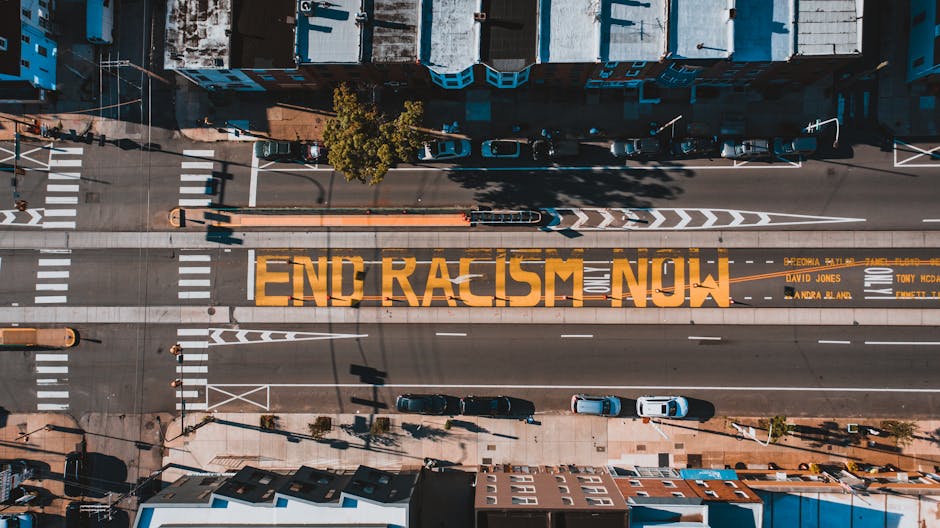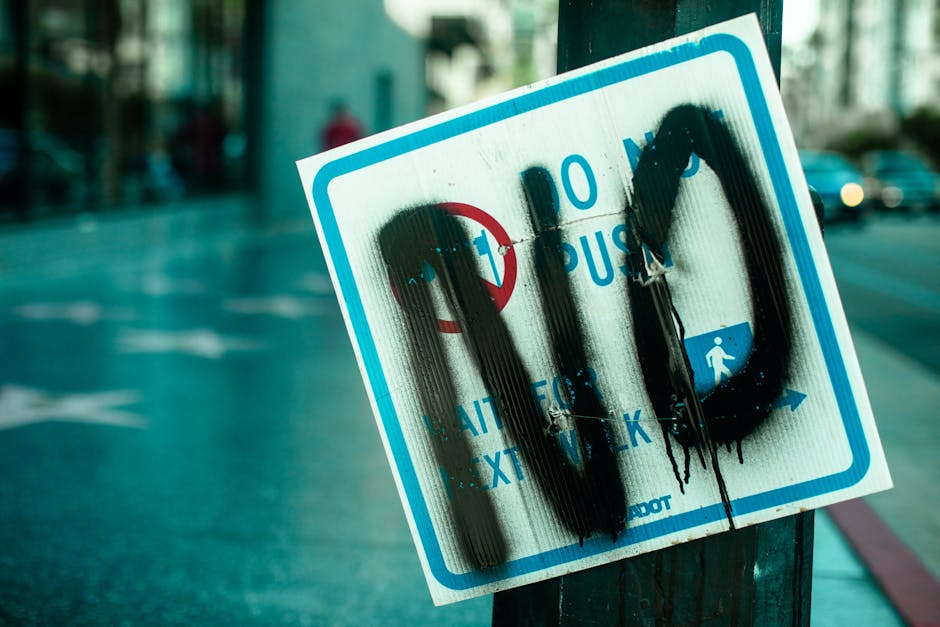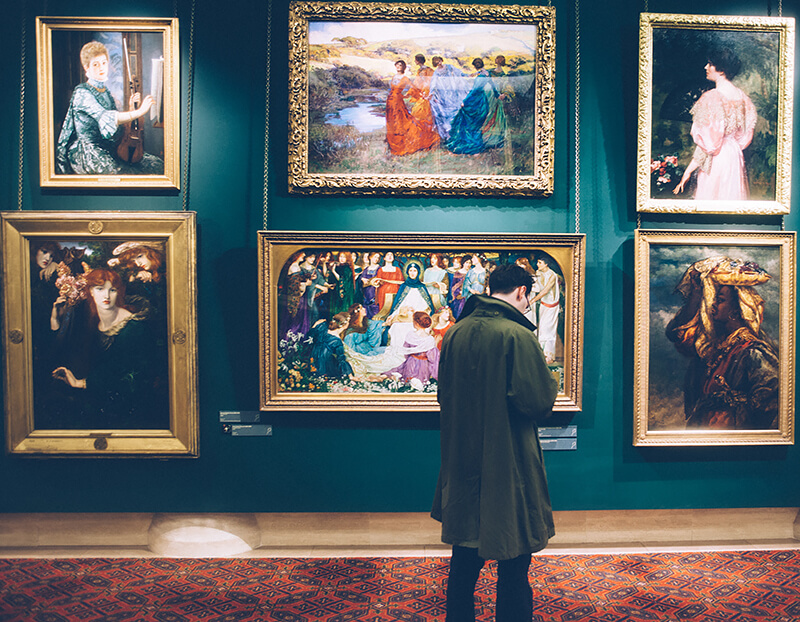History and Evolution of Activist Art
Art and activism have been intertwined for decades, dating back to the vibrant 1960s. The Chicano movement in East Los Angeles laid early foundations for activist art, with public art projects emerging as a community voice addressing social and political issues.
The AIDS crisis of the late 1980s saw collectives like Gran Fury expand the scope of art as protest. Their work, including the iconic "SILENCE = DEATH" slogan, exemplifies art's power to shift perceptions and draw attention to urgent issues.
Pilsen's Mexican muralist movement illustrates how neighborhoods can use art to echo stories of resilience. Since the late 1960s, Chicago's Pilsen artists have turned walls into sprawling canvases, celebrating cultural identity and highlighting community struggles.
The feminist art activism of organizations like Women on Waves demonstrates a physical deployment of art for direct action. This project used the visual appeal of its floating clinic to advocate for women's reproductive rights.
In the landscape of activist art, figures like Banksy challenge norms with wit and provocations. His street art transforms urban environments into platforms for questioning authority and prompting reflection on societal roles.
As contemporary art progresses, digital and performance mediums introduce new forms of engagement. Artists use technology to create immersive experiences that stimulate reflection and stir emotions, constantly seeking novel methods to challenge and inspire.
Techniques and Mediums in Activist Art
Activist art employs various techniques and mediums to transform abstract concepts into tangible calls for action. Murals, with their grand scale and visceral impact, capture communal stories in vibrant colors and forms. The murals in places like Pilsen demonstrate how public art can turn neighborhood walls into chronicles of cultural resilience and defiance.
Performance art blends theater and visual art to create living dialogues. Groups like the Guerilla Girls use masked performances to confront injustice with facts and humor, transforming public spaces into stages of protest.
Digital media, including augmented reality and virtual installations, allow artist-activists to reach global audiences and create immersive experiences. These platforms offer novel ways to engage viewers, drawing them into simulated experiences or inviting them to explore complex stories through interactive means.
Photography and film remain crucial, wielding both raw immediacy and careful storytelling to expose truths and evoke empathy. Documentarian styles capture the plight and resolve of marginalized communities, challenging people to confront difficult realities.
Protest music continues to evolve, with beats and lyrics that echo the heartbeats of movements. These tracks serve as vessels for long-suppressed sentiments, inviting listeners to engage with calls for change through melody and verse.
Together, these mediums provide activist artists with an expansive toolkit to craft messages that pulsate through public consciousness, engaging audiences far and wide in the quest for justice.
Impact of Activist Art on Social Movements
Activist art acts as a catalyst in social change, connecting thought and action. It transforms passive observers into active participants, often sparking conversations that challenge the status quo. By rendering complex issues into relatable stories and emotive visuals, activist art can shift public opinion and propel social movements forward.
During the Civil Rights Movement, the music of artists like Nina Simone and the paintings of Jacob Lawrence helped visualize the struggle for equality and justice. Their work captured the turbulent journey of African Americans seeking a new dawn, contributing to a broader understanding and empathy crucial for gaining public support.
The AIDS epidemic saw the emergence of collectives like Gran Fury, whose bold interventions spoke volumes within fiercely contested public spaces. Their "Kissing Doesn't Kill" campaign cleverly mimicked advertisements to highlight the disparity between societal perceptions and the harsh realities of the AIDS crisis, spurring actions leading to policy changes and greater awareness.
In the digital age, "Black Lives Matter" murals painted across city streets serve as both protest and memorial. These works bring visibility to marginalized voices, reminding us that art has the capacity to forge an unyielding bond between issues and advocates for change.
Through its dynamic engagement, activist art lends a voice to issues requiring attention, shaping them into digestible formats that garner empathy and ignite action within diverse audiences. It speaks when words fail, engendering a shared spirit of solidarity and resistance.
Whether through a powerful mural, an evocative photograph shared across social media, or a song that persists through generations, the essence of activist art remains steadfast: to challenge, to evoke, and ultimately, to change.
Case Studies of Notable Activist Art Projects
Gran Fury, a collective formed during the AIDS crisis, redefined visual protest through provocative graphics. Their iconic "SILENCE = DEATH" slogan turned the negligence of authorities into a matter of public shaming. By plastering their art in public spaces, Gran Fury's campaigns were inescapable, compelling both empathy and urgency to a crisis that was claiming countless lives. Their impact was tangible, influencing social policy changes and amplifying critical conversations about healthcare and stigma.
Women on Waves, helmed by Rebecca Gomperts, merged art with tangible advocacy to confront restrictive reproductive laws. Gomperts transformed a ship into a mobile gynecological clinic, adorned with medical equipment and art installations. By docking in international waters near countries with restrictive laws, the ship became a beacon, drawing attention to issues of bodily autonomy and choice. The project prompted a shift in public discourse, fostering a greater global understanding of the need for reproductive rights.
The murals of Pilsen, a predominantly Mexican neighborhood in Chicago, serve as living documents that narrate stories of cultural identity, immigration, and social equity. From Mario Castillo's anti-Vietnam War mural to Hector Duarte's Gulliver-inspired piece, these works serve as both mirrors and molders of community sentiment. By employing the heritage of muralism, which draws from Aztec and Mayan traditions, Pilsen artists channel historical and contemporary struggles into visual stories that demand reflection and action.
Each of these case studies encapsulates the spirit of activist art—a potent interplay of creativity and advocacy that emboldens those who often remain unseen or underrepresented. These projects did more than just depict problems; they provoked dialogue, pressed for accountability, and ultimately advocated for transformation.

Challenges and Criticisms of Activist Art
Activist art faces several challenges in its mission to illuminate societal issues and foster change. Censorship is a significant hurdle, with authoritative regimes or corporate interests often attempting to silence dissenting creative voices. This can manifest in various forms, from outright bans to more subtle pressures leading to self-censorship.
Funding is another persistent challenge. While traditional art markets often reward aesthetics untethered to controversial themes, activist projects must scout for alternative funding sources. Many artists turn to non-profit organizations, crowdfunding, or grassroots community efforts, which can be as precarious as it is liberating.
Public reception plays a pivotal role in the trajectory of activist art. These works challenge ingrained beliefs and confront social blind spots, sometimes drawing ire rather than introspection from audiences hesitant to shake their preconceived notions. Artists navigate this challenge through dialogue and iteration, sometimes using humor or allegory to transform opposition into conversation.
Critics often question the legitimacy of activist art or argue its place in the broader artistic landscape. Some dismiss it as mere propaganda or question the artistic merit of works seemingly driven more by message than by form. Artists counter this by continually evolving their approaches, ensuring that their works retain artistic integrity while also catalyzing social awareness and change.
Despite these challenges, activist artists adapt and innovate amidst adversity, reinforcing the very fabric of their message—proving that art's capacity for disruption and discourse is as boundless as the human drive for justice and understanding.

Activist art continues to stand as a powerful force for social change, bridging the gap between creativity and advocacy. It challenges perceptions, evokes emotions, and prompts action, leaving an indelible mark on society's conscience.
- Lowery J. It Was Vulgar & It Was Beautiful: How AIDS Activists Used Art to Fight a Pandemic. New York, NY: Bold Type Books; 2022.
- Crimp D. AIDS: Cultural Analysis/Cultural Activism. October. 1987;43:3-16.
- Gomperts R. Women on Waves: A Vessel for Change. Amsterdam: Women on Waves Foundation; 2002.
- Castillo M. The Wall of Brotherhood: A Multicultural Mural in Chicago. Latino Studies. 2010;8(4):548-562.
- Raya M. Fallen Dictator: Politicizing Art in Pilsen. Journal of Chicano Studies. 2018;43(2):179-201.






















